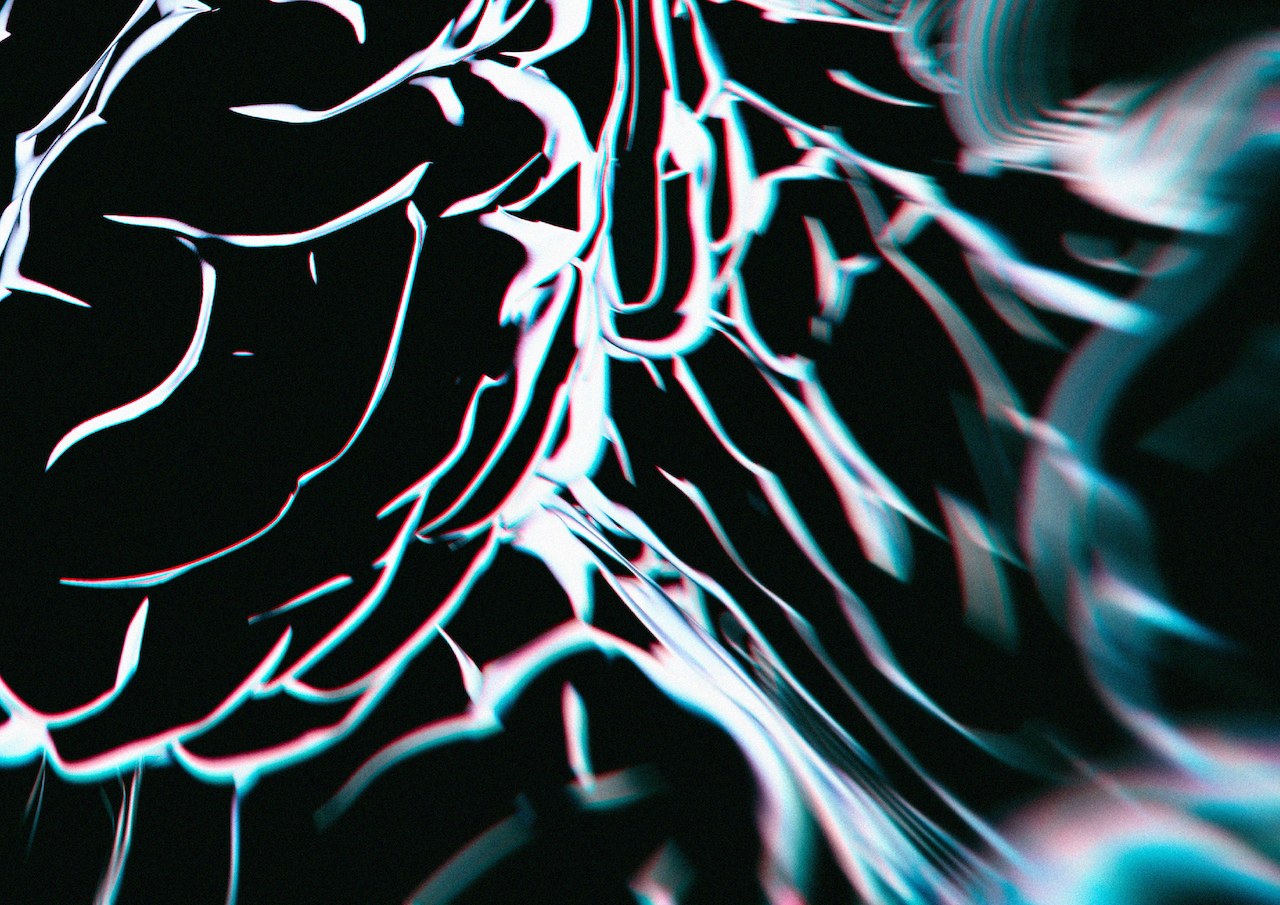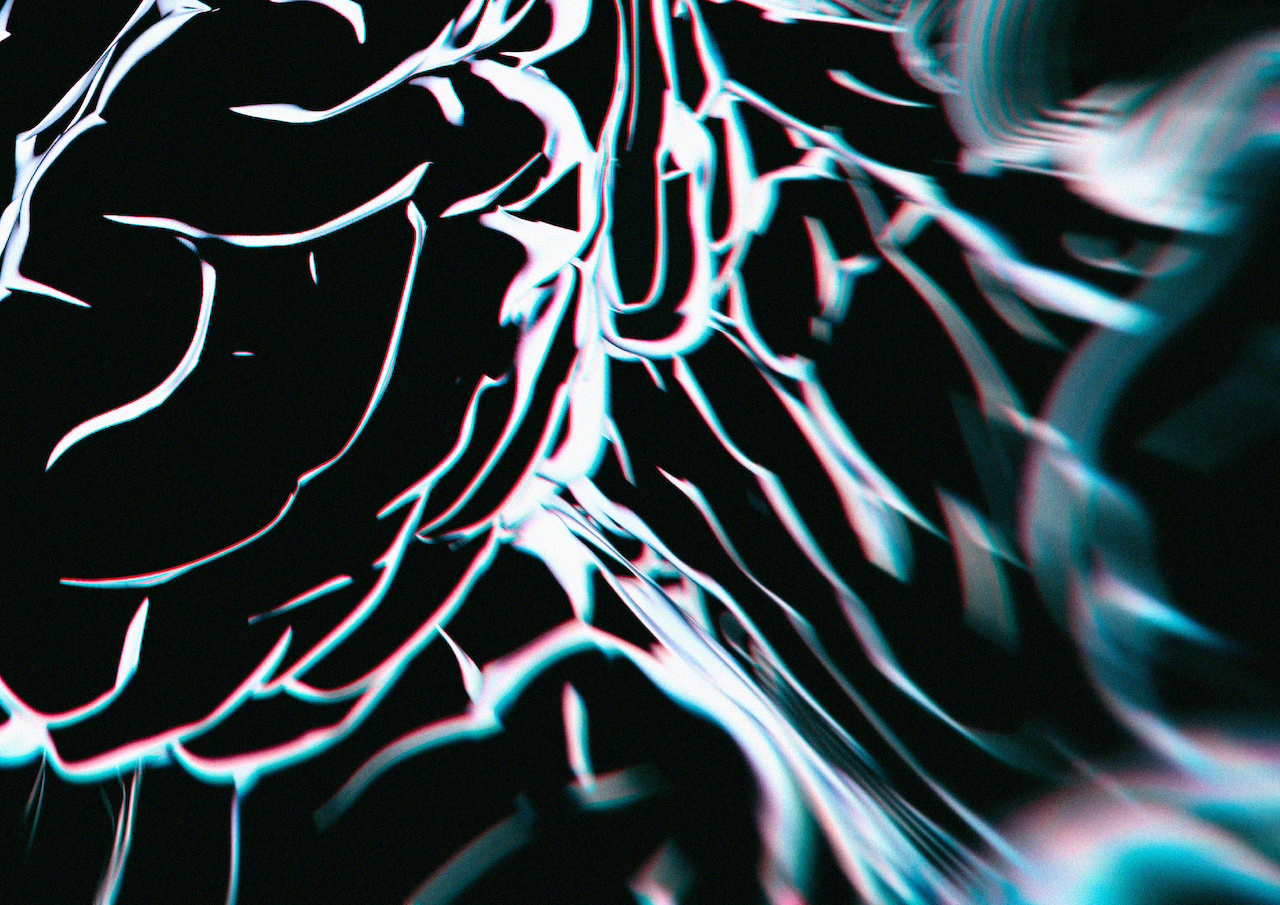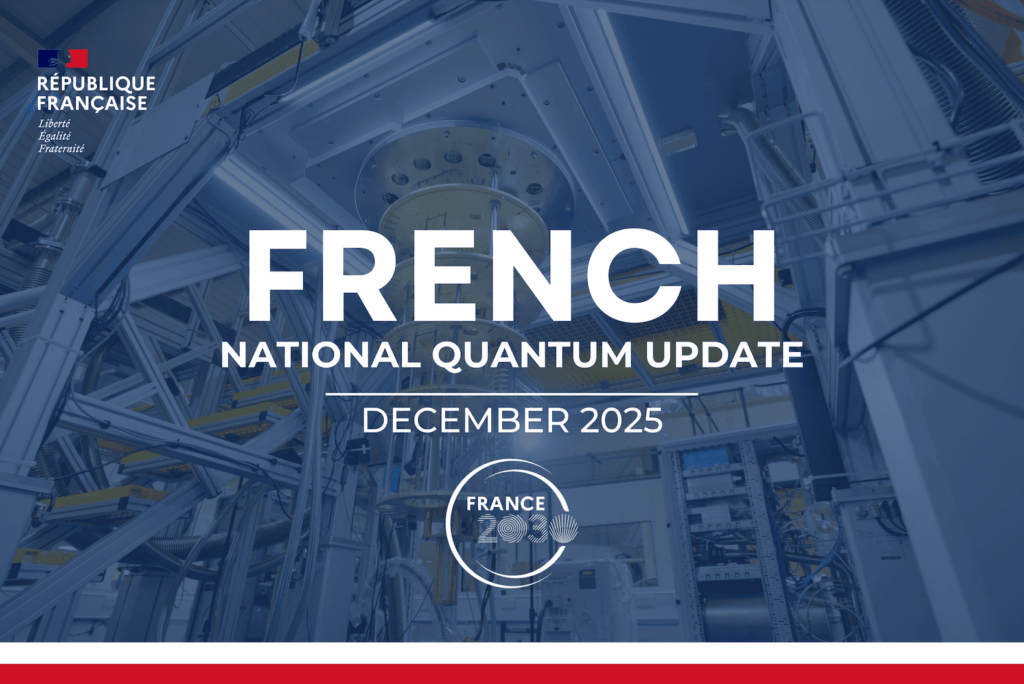
Space encourages us to expand our horizons in search of extraterrestrial life and other worlds. There has been an exciting frenzy over the numerous exoplanet finds in the past decade. The James Webb Space Telescope, the newest and largest telescope ever built, is due for launch this 2021. It will be pointing soon at some of the most intriguing planets in habitable zones. The Teergarden’s star located 12.5 light-years away from our solar system, will be the first to receive in 2022 the radio message broadcasted from the Arecibo telescope under the project name RuBisCo Stars (2009) and with an aide of an iPhone. A team of international scientists reported in 2019 two new Earth-sized planets in Teergarden’s star habitable zone.
With all this buzz and excitement going on, I came across a unique research approach to the topics of quantum science and the search for extraterrestrial intelligence – SETI. A majority of the stakeholders in the space industry focus on the quantum research that advances quantum optics, communications, and quantum key distribution – QKD. The research paper that explores and advocates for the interconnections between quantum advances and SETI is titled, Quantum Consciousness, Intelligence, and Exosapiens: A Novel Approach to the Search for Extraterrestrial Intelligence. Written by Sahba El-Shawa, this paper was presented at the 71st International Astronautical Congress – The CyberSpace Edition in October 2020. With a background in mechanical and mechatronics engineering, Sahba currently works as Junior System AIT Engineer at the Delft-based small satellite company, ISISPACE. She presented this research paper while wrapping up a master’s degree in space studies at the International Space University – ISU and conducting an internship at the European Space Agency – ESA.
Sahba describes the limitations in relying on technosignatures to detect intelligent life on planets. In some ways, this reliance on optical, radio, and infrared signals as a proxy for intelligent life limits the scope and search for SETI. Biosignatures, in contrast, search for elements, molecules, or isotopes indicative of biological processes and the impact of life, intelligent or not, on planetary atmospheres or surfaces. Some examples of common biosignatures include the presence and continual production of oxygen, carbon dioxide, and methane. Without a real clarity on how to define intelligence, Sahba points out the need to explore new paradigms of biosignatures that refine our search for SETI and counteract anthropocentric ideas of intelligent life.
The technosignatures vs. biosignatures conversation on planets has already been active amongst SETI researchers. Sahba’s approach intrigues me. First, she assesses that the advances in quantum simulators and quantum computing may help us refine our understanding of the human brain, given the emergence of the field of quantum biology and the hypothesis of quantum brain dynamics. These advances in neuroscience might provide clues to the broader and hard-to-define concepts of intelligence and consciousness. In turn, this nuanced understanding of intelligence and consciousness might serve as a potential stepping stone to the advances in SETI research. Secondly, Sahba argues that the application of the principles of quantum physics to Earth-biology and gravity may refine our detection of biosignatures.

I had the opportunity to sync up this year in a video meeting with Sahba to discuss her research paper. I mentioned that although I write about space, I don’t get to tune in often to the conversations in space circles about quantum physics, consciousness, and SETI in the same breath. She stressed the following:
“In the space industry, research into theories like quantum gravity has been ongoing for a long time. There’s less of a focus on topics like SETI and consciousness. More recently, quantum technologies have seen increasing developments. I believe all of these quantum technologies are interrelated and can help us understand the universe. They’re based on quantum phenomena like quantum entanglement, superposition, and tunneling, which we are still trying to understand. We’re constantly making breakthroughs in science. Up until recently, for example, we didn’t have proof that gravitational waves were a thing. Nowadays, as we develop our theories of gravity further, testing our approaches to quantum gravity and the theory of everything, the more that we learn, the more likely that we’re to detect fluctuations in gravity. This could be a potential bio- or technosignature for SETI. Similarly, biophotonic emissions have been measured non-invasively among insects. These biophotonic emissions may not be enough on their own to make a detection in SETI. But there could be correlations and interactions between these recent advancements in different fields…”
According to Sahba, quantum sensors that could detect and measure biophotonic emissions with minimal damage or intrusion could help identify what scientists might have missed conceptualizing. The promising advances of quantum sensors that could detect anomalies in gravitational waves at a microscopic scale will also be pivotal. NASA reported in 2018 the first successful prototype quantum sensor in collaboration with AOSense. This sensor employs atom interferometry to conduct precise measurements of gravity with potential applications that extend to space.
Sahba offered her take on the importance of these types of quantum advances.
“That’s the thing about science. We’re always learning more and realizing that we were either wrong about something or that we need more information to see the big picture. Because of how quantum mechanics work and the probabilistic nature of it, there are ways that we can detect things we don’t even know we’re looking for by simulating them, particularly with the aid of artificial intelligence – AI and neural networks. As we currently don’t have a full picture of how the mind works or how gravity works, that doesn’t necessarily mean that they’re going to be related. But by exploring their links with quantum physics, using quantum technologies and algorithms to simulate and discover new connections, this could lead us to a discovery that we don’t anticipate. These discoveries may help us advance research for SETI.”
I asked Sahba about her inspiration for the research and her path in the space industry. Having grown up in Saudi Arabia and Jordan, Sahba shared that she had always been interested in working in the space industry but was unsure how it would be possible. She also realized an interest early on in quantum physics.
“I really wanted to study aerospace engineering when I graduated from high school but I didn’t have the opportunity to do so in the Middle East. Where I’m from, it’s not a common topic to study or even discuss. I was told by many people that my goals were unrealistic. But I’m a firm believer that if you have something in mind, you should seek out all the opportunities even if your specific goal seems unreachable. You’re more likely to get to that point because you’re so driven by it.”
“When I decided to start working on this SETI project at ISU, I realized that the implications of quantum physics on SETI and the space industry, in general, are going to be huge. That’s something that drives me…”
Scientific breakthroughs in quantum applications will continue to shift our perceptions of how we understand nature, ourselves, and the cosmos. Sahba’s inquiry and reflection remind us of the multiple interdisciplinary conduits to advance quantum physics, neuroscience, and SETI. I expect these conversations to become even more frequent as we progress in our future in space.
//
Artwork: No.609/1000 – Amman 2019 by the Jordanian artist Tawfiq Dawi with the artistic alias Hey Porter. Part of a series, this piece in particular beautifully illustrates alternative paradigms about our physical reality and gravity.
If you found this article to be informative, you can explore more current quantum news here, exclusives, interviews, and podcasts.

















